Plant Care Guides
Ficus 'Tineke' Care Guide
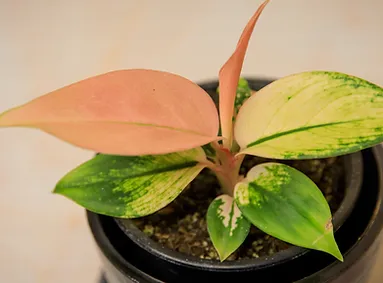
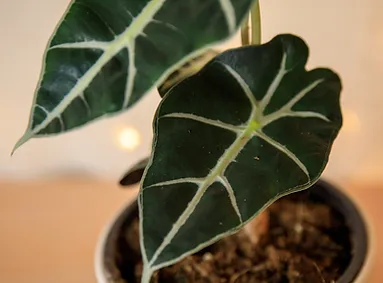
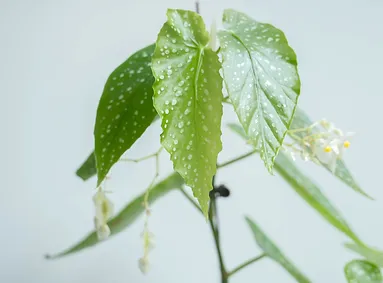
- Watering: Ficus 'Tineke' prefers soil that is consistently moist but not soggy. Water your plant when the top inch of soil feels dry, typically once a week. However, adjust the frequency depending on the season and humidity levels in your area.
- Light: Bright, indirect light is ideal. Avoid direct sunlight, which can scorch the leaves.
- Temperature: A consistent temperature between 16-24°C is ideal. Avoid placing it near drafty windows or heating vents.
- Soil: A well-draining potting mix is suitable. You can add perlite or sand to improve drainage.
- Additional Tips: Regularly clean the leaves to prevent dust buildup, which can hinder growth.
Begonia Care Guide
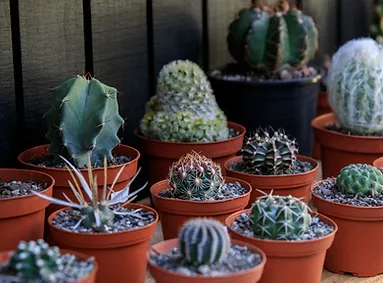
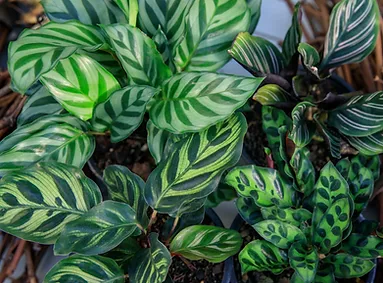
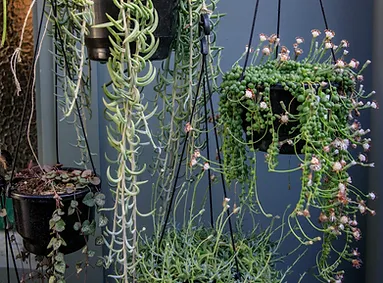
- Watering: Allow the topsoil to dry out slightly between waterings. Overwatering can lead to root rot.
- Light: Bright, indirect sunlight is best. Some varieties can tolerate more direct light, but it's important to avoid scorching the leaves.
- Humidity: Begonias enjoy high humidity. Consider placing them on a pebble tray or using a humidifier.
- Soil: Use a light, well-draining potting mix rich in organic matter.
- Feeding: Fertilize every two weeks during the growing season with a balanced, water-soluble fertilizer.
Lithops Care Guide
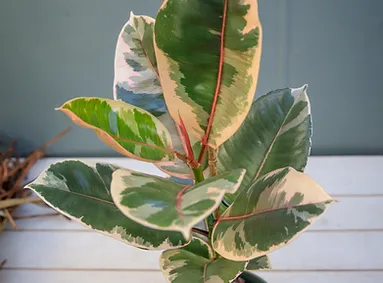
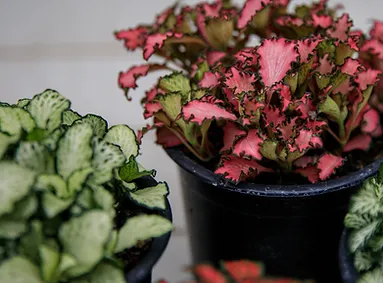
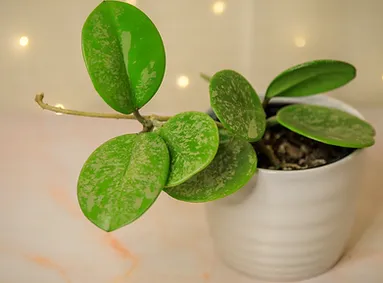
- Watering: Lithops require minimal water. Water sparingly and only when the soil is completely dry. Overwatering can be fatal.
- Light: They need plenty of bright light and some direct sunlight.
- Soil: Use a cactus or succulent potting mix with extra perlite or sand for improved drainage.
- Temperature: Warm, dry conditions are ideal. Protect them from frost.
- Additional Tips: Avoid disturbing the roots and only repot if necessary.
Hoya Care Guide
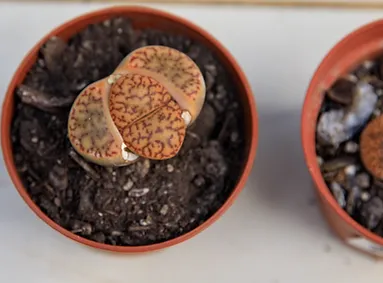
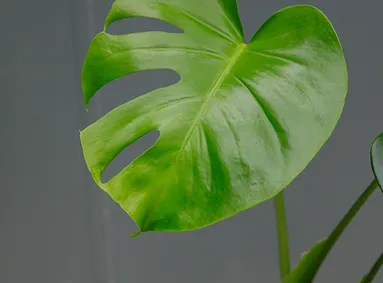
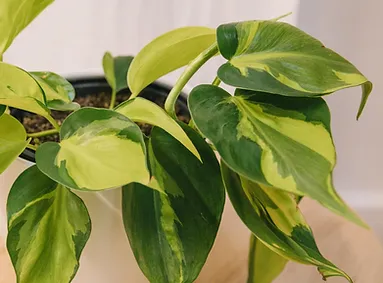
- Watering: Allow the soil to dry out between waterings. Hoyas are prone to root rot if overwatered.
- Light: Bright, indirect light is preferred. Some direct morning sunlight can be beneficial.
- Humidity: Hoyas appreciate higher humidity levels. A humidifier or regular misting can help.
- Soil: A well-draining, airy potting mix is ideal. Mix in orchid bark or perlite to improve drainage.
- Pruning: Prune sparingly. Avoid cutting off the long tendrils from where new growth and flowers emerge.
Philodendron Care Guide
- Watering: Keep the soil consistently moist, but not waterlogged. Water when the top inch of soil is dry.
- Light: Bright, indirect light is ideal. Direct sunlight can burn the leaves, especially during the hottest part of the day.
- Humidity: They enjoy a humid environment. Regular misting or a humidifier can benefit these plants.
- Soil: Use a peat-based, well-draining potting mix.
- Feeding: Fertilize monthly during the growing season with a balanced liquid fertilizer.
